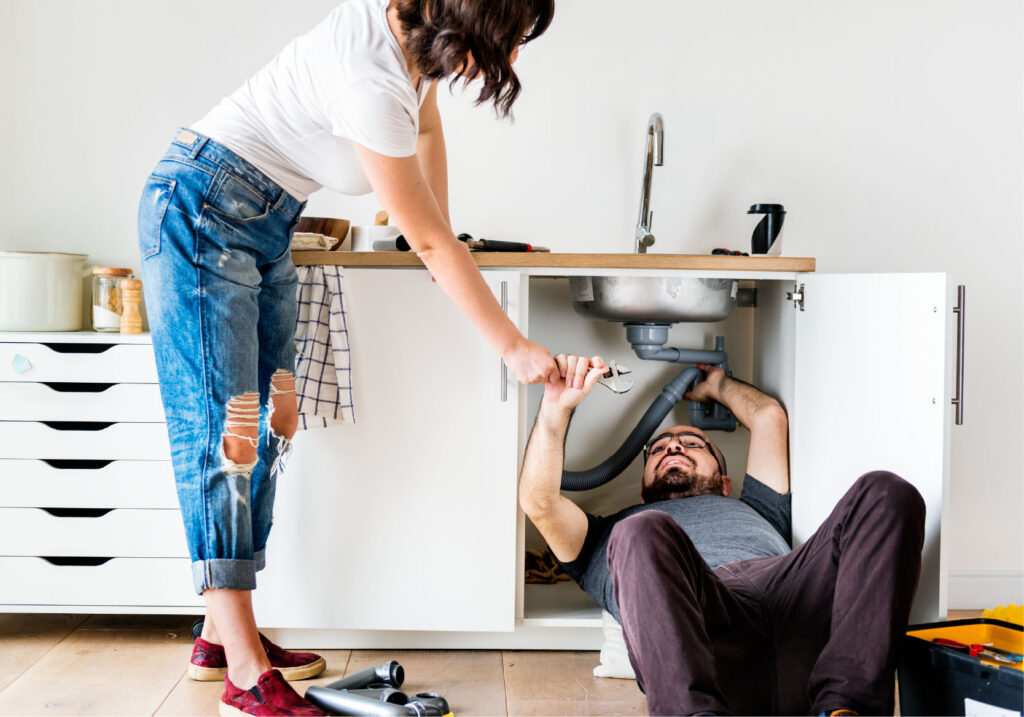The process of buying or selling your home is a complex process. From the moment you put your house on the market to the closing paperwork, there are a lot of moving pieces all working in sequence to make sure things go smoothly. One of the most important steps that’s often overlooked is your home inspection. You may be familiar with the concept, but what does a home inspector actually do?
What a Home Inspector Does
A home inspector is trained to make a complete assessment of a home and its many components. This assessment, which is comprehensively documented in a report given to the home buyer or seller, is designed to provide useful information about the current condition of the home. This most often includes information about the age and condition of a home’s most costly structures like the roof, HVAC and electrical systems.
Home inspections give peace of mind to home buyers that they’re making the best decision possible with their investment, and home sellers can benefit from knowing what repairs should be completed before starting negotiations with buyers.
A Visual, Non-Invasive Inspection
When you hire a home inspector, you’ll see that they describe their services as a “visual and non-invasive inspection”—what does this mean?
Essentially, it means that an inspector only assesses structures and systems in your home that are readily accessible. For example, if you have locked doors or access panels in your home on the day of the inspection, then these areas won’t be inspected and will be documented this way in the inspection report. The inspector also won’t move furniture, boxes or other household items, so it’s best to order an inspection when the home is empty or nearly so.
“Non-invasive” means that your inspector will not be dismantling appliances, drilling holes in walls or otherwise damaging surfaces to examine potential issues underneath. A home inspection is surface-level, but can shed light on hidden issues using certain specialized tools.
Tools of the Trade
While home inspectors make use of a number of common tools like flashlights, ladders and handheld mirrors during the inspection process, they also employ tools that need some explanation. Here are some of the most used tools in a home inspector’s arsenal:
Call an NPI Inspector Today
NPI inspectors are professionally trained to provide the most comprehensive home inspections in the industry. Find your local inspector today and make an appointment.



